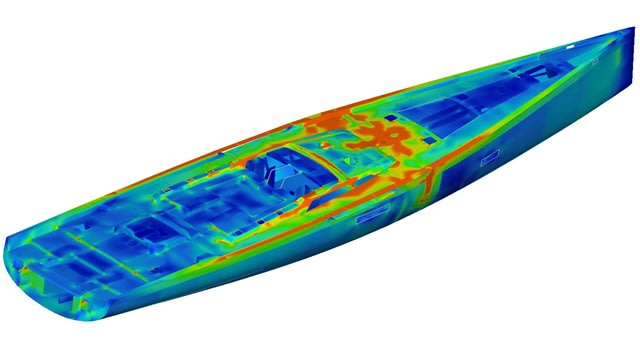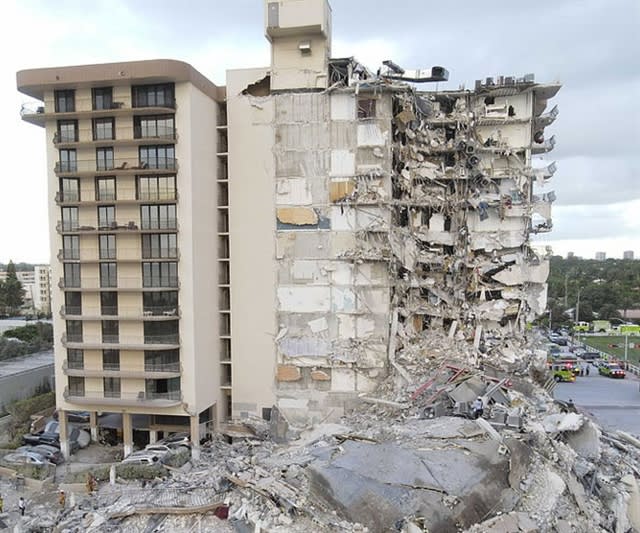ab8abhi
Mechanical
- Aug 13, 2013
- 6
Hi all, I am trying to do a fea of an assembly of 4 thin disks (3 disks of 2 mm thickness and 1 disk of 20 mm thickness ; all 6 inches in dia.; all of different materials) in Hypermesh. When I use solid elements which is not recommended, I get too many elements and it takes huge time to analyze. ( I try to get 3 elements through thickness so each of 0.666mm size so a lot of elements across the disk area). If I use shell elements I get a really large deformation.( the deformed assembly looks like an ice-cream cone).
So I will really appreciate if you guys can help me with this.
The disks are joined on top of one another and the bottom surface of the bottom disk is fixed. Pressure is applied on the top disk.
Also if I choose an elements size of 6.66667 for 20mm thick disk and 0.66667 for 2mm thick disks then will I get good results?
Ultimately I want to optimize the thickness of the two disks in the middle to get minimum pressure on the bottom disk.
So I will really appreciate if you guys can help me with this.
The disks are joined on top of one another and the bottom surface of the bottom disk is fixed. Pressure is applied on the top disk.
Also if I choose an elements size of 6.66667 for 20mm thick disk and 0.66667 for 2mm thick disks then will I get good results?
Ultimately I want to optimize the thickness of the two disks in the middle to get minimum pressure on the bottom disk.




